Foot baths: what are they needed for and how to make them?
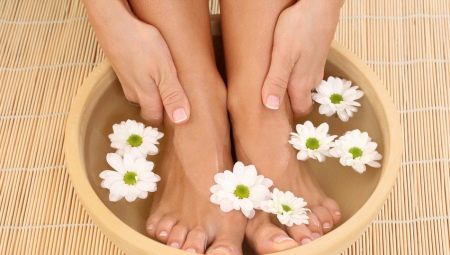
In the East, the legs are called "the second heart", which is due to the large number of biologically active points on them. By stimulating them, you can influence certain organs, improve your well-being, and activate the body's defenses. One of the simplest and most affordable ways of such exposure is foot baths.
Peculiarities
Foot baths are a pleasant healing procedure that involves immersing the feet in a water-based solution, usually with the addition of a decoction of medicinal plants, essential oils, salts, etc.
It allows you to relieve fatigue, prepare your feet for further cosmetic procedures (pedicure, for example), or serves to treat certain diseases.
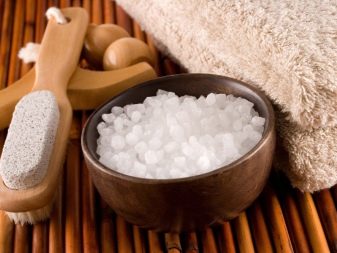
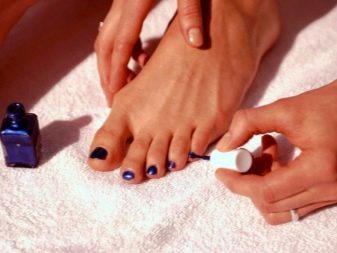
Typically, bath recipes involve the use of ingredients such as herbal infusions, salt, or baking soda. Often these ingredients are "found" within the same bath.
Also, for the procedure, you will need a basin, 1.5-2 liters of water and about half an hour of free time. This is how long the procedure takes. After its completion, it is recommended to rest a little in a horizontal position, so you should add another 15-30 minutes. You can do baths just before bedtime.


Instead of a regular basin, you can use a hydromassage bath, which will significantly increase the effectiveness of the procedure. It is a heat-resistant plastic container with a knobby bottom. These "pimples", as well as the attached massagers, massage and relax the legs. Such units can have the function of a jacuzzi, pumice heads, pedicure brushes and various washcloths.
As a rule, most models have a special compartment where herbal decoction or essential oils are poured. The temperature in the device is kept at the same level, so there is no need to top up hot water. Numerous modes allow you to choose the optimal one, and control is carried out by means of buttons on the device body or via the remote control.
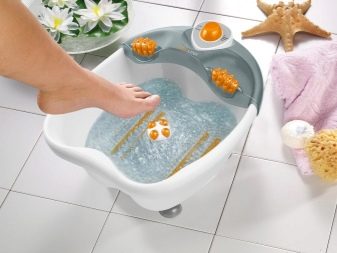
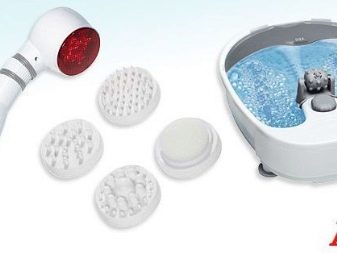
Benefit
The benefits of home foot baths, as well as their beneficial effects on the body as a whole, are due to a number of factors.
- First of all, we can talk about the positive effect of water, which relaxes and relieves fatigue.
- Hot and warm foot baths activate blood circulation, which is important for the proper functioning of all organs and systems. Moreover, good blood circulation is one of the ingredients for healthy and beautiful skin.
- Depending on the composition of the bath, it is possible to act on a particular organ pointwise, to provide a more directed effect on the body. There are a large number of points on the feet, each of which is associated with a specific organ. The impact on these points in the process of foot baths allows us to speak of a general positive effect on the body, its strengthening, and an increase in protective forces.

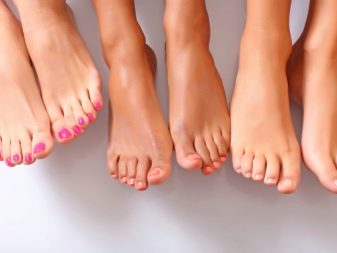
- A foot bath can both relieve the condition after a hard day and help in a number of diseases. In the first case, it is useful to resort to it for girls and women who wear high-heeled shoes, as well as for those who spend most of the day on their feet. Foot baths are used for joint diseases, colds, headaches and muscle pains, problems with the nervous system. In most cases, they are not independent treatment, but in combination with other procedures and taking medications, they significantly accelerate recovery.
Such a procedure will help you quickly warm up and save you at the first sign of a cold, ensure a healthy and sound sleep. Herbal baths will relieve sweat, as well as prepare the legs for further cosmetic procedures, and will help in the fight against cracks and calluses.

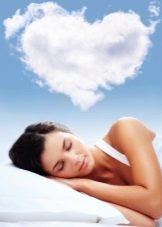


Harm
When the temperature rises, as well as in acute periods of illness, the baths should be abandoned. Various formations, including oncological ones, should become a contraindication to the procedure.
When choosing a herbal or other bath, you should carefully study its composition. The presence in it of components to which you are allergic or intolerant should be the reason for refusing the procedure. The same applies to people suffering from inflammatory processes in the legs, the presence of non-healing wounds. Exposure to water will make the healing process take longer, and the components of the bath will irritate the already inflamed skin.
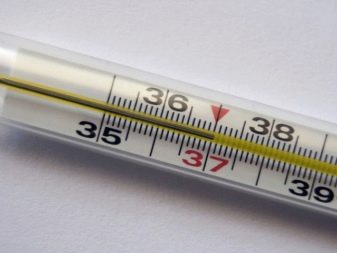

The procedure is not recommended in the presence of cardiovascular diseases, spider veins, as well as during pregnancy. It should be carried out with caution in case of varicose veins and thrombosis. This is due to the fact that under the influence of hot water blood flow increases, which creates an additional load on the vessels and heart muscle, and can also provoke uterine contraction.
Too hot baths provoke an increase in pressure, therefore, hypertensive patients should carefully monitor their condition and stop the procedure at the first symptoms of deterioration in health. Hot procedures for diabetes, tuberculosis, thrombophlebitis are prohibited. Partial or complete loss of sensation of the feet is also the reason for the undesirability of foot baths - there is a high risk of getting burned.
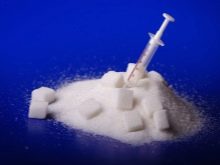
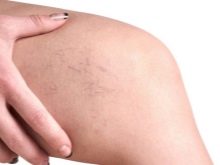

How to do it right?
All ingredients (unless otherwise indicated in the recipe) are prepared and added to the water immediately before the procedure, after which you must immediately lower your feet into the bath. It is important to adhere to the ratios of the components indicated in the recipe, otherwise you can get skin irritation and even burns with a significant concentration of one of them.
The amount of water should be such that it completely covers the feet and reaches the ankles. It is better to regulate its temperature based on your own preferences.It should be slightly higher than room temperature, warm your legs noticeably, but not cause discomfort. Hot water can be added as the liquid in the basin cools down. It is better if the components that are used in the bath are also dissolved in the latter.
The duration of the bath should be at least 15-20 minutes; with a shorter duration, the therapeutic effect will be invisible. Treatment procedures are usually carried out in a course of 10-15 sessions, 3 times a week. After that, the number of sessions can be reduced to one preventive session per week.
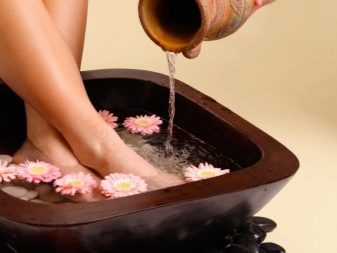
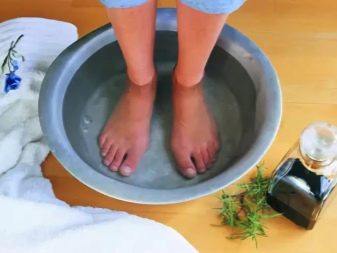
Before the procedure, you should wash your feet with soap, then rinse your feet with clean water, you can do this alternately cool and warm enough. After the session, you should thoroughly dry your feet with a towel, grease them with a suitable cream and put on cotton socks.
It is recommended to take a foot bath in the evening, before going to bed. This will avoid inflammation or colds due to hypothermia of hot legs, and will also give the maximum relaxing effect.
The pedicure bath should be carried out just before the pedicure. It allows you to soften the skin, make the process cleaner and painless. If, after the bath, calluses and corns are removed, and any procedures are performed that involve damage to the integrity of the skin, thorough disinfection is necessary. The skin should be disinfected before and after manipulations, it is important to treat hands and tools with an antiseptic.

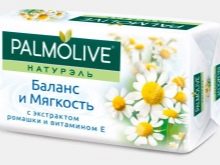

Recipes
Foot baths are included in most of the relaxing and nurturing treatments offered by expensive spa centers. However, making a healthy foot bath is not difficult at home, especially since the ingredients for this will require the most affordable and inexpensive.
Let's take a look at the most popular ones and the effect they provide.
- Soda. Soda has a softening and antiseptic effect, which makes it possible to use it in baths against tired legs, as well as for problems such as calluses, corns, cracked feet. In addition, it deals with the problem of unpleasant odor and sweating of the feet. It goes well with herbal infusions.
- Salt. It is rich in minerals and trace elements that are vital for the body. It has an analgesic, moisturizing and antimicrobial, healing (but should not be used if the integrity of the skin is compromised) effect. Better to use sea salt, which is not difficult to find in a pharmacy or a specialized department of a cosmetics store.
It is recommended to purchase salt without additives, so you can supplement it yourself with suitable herbs, essential oils, etc. If you purchased sea salt with additives, you should be careful when choosing the components of the bath for it, making sure they are compatible with each other. The salt is combined with soda, iodine, herbs and essential oils, bubble bath.
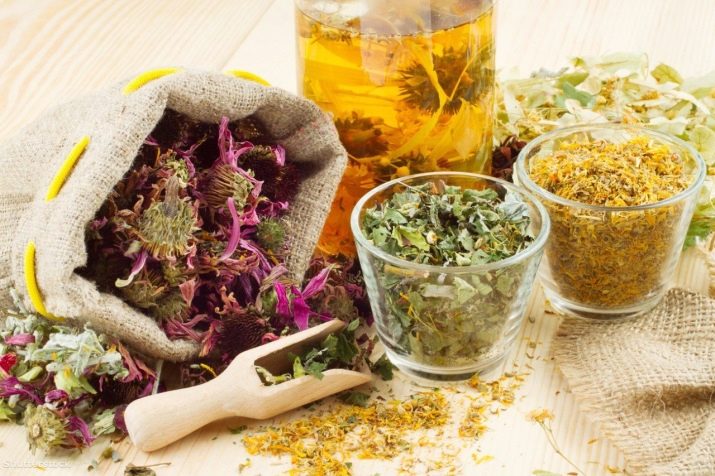



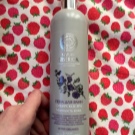
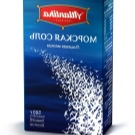
- Herbs. Herbal foot baths have a pronounced healing effect, which depends on the selected raw materials. For example, lavender soothes, relieves puffiness and fatigue, needles - tones up, helps with colds. Horsetail, oak bark, and rosemary flowers have worked well for sweating of the feet. Peppermint and nettle improve blood circulation, and also save from cracked heels, while chamomile and linden (you can add honey to them) are the best remedies for tired legs.
- Essential oils. Essential oils, depending on their type, provide a regenerating, antiseptic and analgesic effect. In addition, they relieve fatigue, improve blood circulation, and help restore skin softness and smoothness.
It is important to select the correct oil. So, orange oil is indicated for insomnia, in addition, it improves skin elasticity. Eucalyptus oil will relieve fatigue, as well as pain in joint diseases.
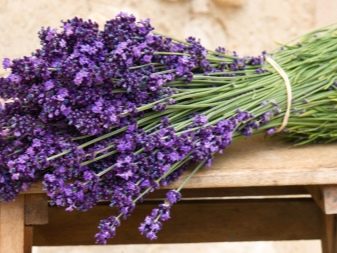
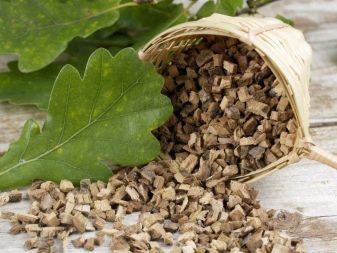
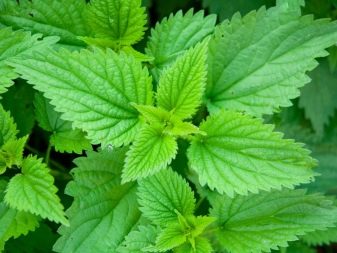
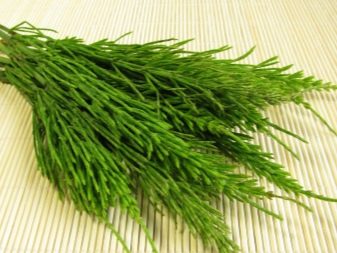
Peppermint oil has a similar effect, which, in addition, will relieve fatigue and give you a sound, healthy sleep.Oil of bergamot, cypress and tea tree will help to cope with sweating.
Chamomile and arnica oils have analgesic and regenerating properties.
- Turpentine. Has a pronounced healing effect, anti-cold effect. It is recommended for joint diseases, and baths based on it even allow you to restore joint mobility. You can supplement the bath effect by rubbing with turpentine.
Turpentine baths should not last more than 15 minutes.
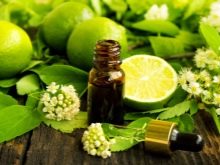
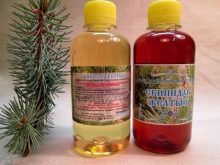
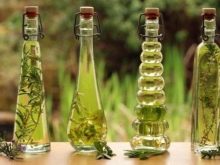
Antifungal
As a rule, the fungus is "picked up" if the rules of personal hygiene are not observed in public places (in the bathhouse, on the beach, in the pool). It is easily transmitted between family members. The disease is manifested by itching and swelling of the skin in the area of the nail, cracking, yellowing of the nails.
One of the ways to get rid of this trouble, as well as a remedy that soothes itching with a fungus, is a bath.
- High efficiency is demonstrated by a bath based on 2 liters of water, in which 1 tablespoon of salt (preferably sea salt) and soda are mixed. You can add some liquid soap.
- A well-known bath is also based on tar and ordinary soap, taken in equal proportions for 2 liters of water. A tablespoon of soda is also added there.
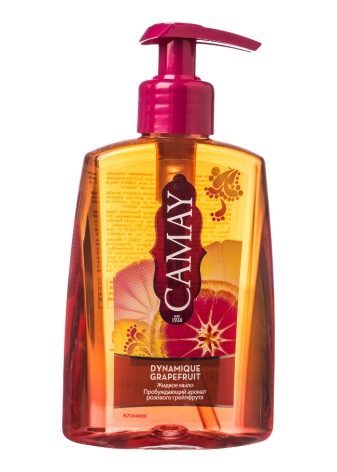
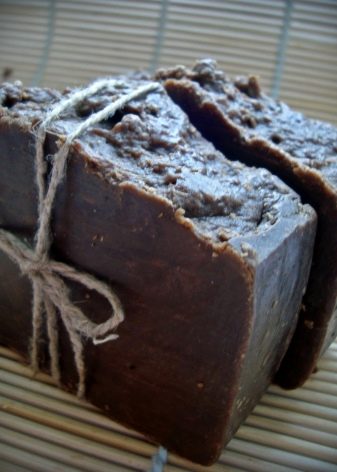
- You can prepare an herbal infusion by mixing 1 teaspoon of celandine, calendula, lilac and oak bark. The mixture should be poured with a liter of boiling water and left for 2-3 hours. Then dilute the composition with a small amount of boiling water so that its temperature reaches 38 ° C.
The duration of the sessions using these solutions is 30 minutes. Baths should be done daily for 10 days, each time after that, thoroughly wiping your feet, and then lubricating them with medicated cream and putting on socks. When treating fungal diseases, it is important to use a clean towel every time (it should be individual for each family member), change socks as often as possible, and treat the inner surface of shoes with special disinfectants. This will allow not only to get rid of the fungus faster, but also to avoid its recurrence.
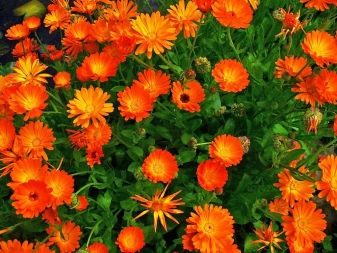
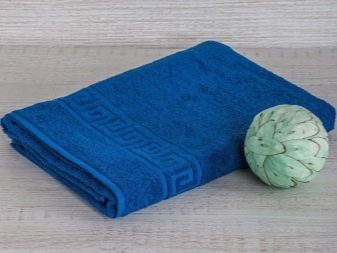
Sweating feet
It should be understood that foot sweating can be associated with a specific medical condition or be a sign of wearing the wrong shoes. In the first case, it is necessary to find and eliminate the cause.
In any case, these recipes will quickly get rid of sweating and unpleasant odors at home.
- One of the simplest, but at the same time effective ways to cope with sweating is to brew 40 g of chamomile flowers with hot water (about 1 liter), insist for an hour. After that, pour the infusion into a basin through a sieve, pour in the required amount of water.
- Another herbal recipe involves the use of chamomile flowers, wormwood and pine needles, taken in 30 g each. They should be poured with a liter of water, insisted for about an hour and, after straining, poured into a basin. You should also add a tablespoon of salt and half a teaspoon of ground cinnamon there.
- Another recipe from the “simple and effective” series is apple cider vinegar baths. For 2 liters of water, add 5-6 tablespoons of vinegar.
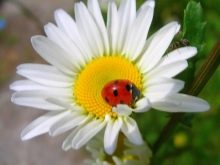
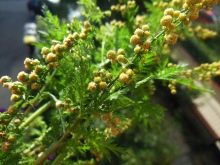

The duration of the sessions is 20-30 minutes. They need to be done in a course - every other day for a month or until a stable positive result appears.
It is important to remember that it will come faster if you cure the underlying disease, and also change tight, uncomfortable shoes made of unnatural materials for better ones.
- Trays with potassium permanganate will also allow you to quickly cope with sweating feet. Dissolve 2 g of potassium permanganate in a glass of water and leave for a day. After that, pour the contents of the glass into a basin, add the required amount of water. Before use, you must make sure that the potassium permanganate crystals are completely dissolved. Otherwise, you may get burned. The procedure takes 10 minutes.
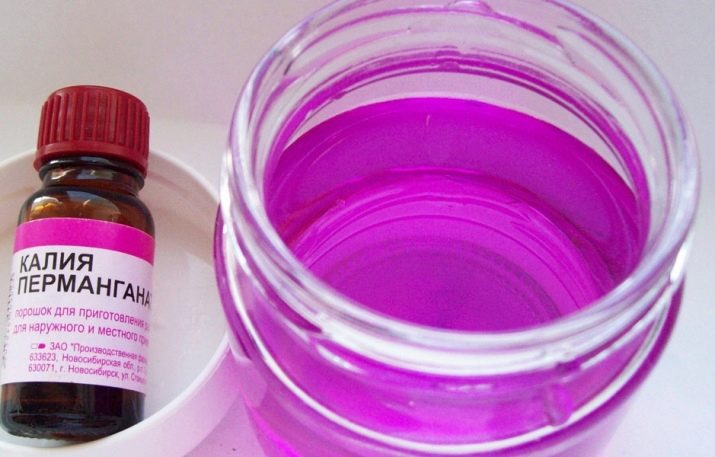
Fatigue and swelling
Most people who stand up all or most of the day are familiar with the feeling of tired legs. They literally "hum" and swell.
If swelling is not a symptom of the disease, but just a consequence of fatigue, you can do herbal baths.
- Pour 40 g of linden flowers with a liter of boiling water and let it brew for half an hour. After filtering, the broth must be drained into a basin, putting 1 tablespoon of sea salt there.
- Instead of linden, you can use chamomile flowers. You can add not salt to this composition, but a tablespoon of honey.
- A composition based on mint and nettle taken in 1 tablespoon also effectively relieves fatigue. Herbs are poured with 500 ml of water and infused for 7-10 minutes. Then they are poured into a basin and diluted with a little warm water.
- A fragrant and tonic bath will be obtained from dry peel of orange and lemon. You need to take 1 glass of each ingredient, pour a liter of hot water and boil a little (5 minutes). After that, you just need to drain the solution into a basin and add a little water.


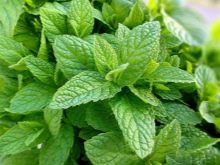
The recommended bath duration is 20-30 minutes, after the session you should lie down a little, raising your legs to a small height.
Rough, cracked skin
Women's feet tend to suffer more from dryness. This, in turn, causes the skin to become rough and then cracked. Special baths help to make the skin softer, as well as moisturize and accelerate healing.
After them, it is recommended to rub the skin with a pumice stone, wipe dry and lubricate with a moisturizer.
- The composition based on St. John's wort and vinegar will improve the condition of "problem" legs. To prepare it, 30 mg of the herb should be poured with 500 ml of water and heated in a water bath for 10 minutes. Then insist for another quarter of an hour and drain into a basin, where also pour 2 tablespoons of vinegar.
- You can also make a potato broth bath. It is necessary to boil 200-300 g of potato peel in 2 liters of water, then pour the resulting broth into a basin. Use after it has cooled down a bit.
- You can do it easier and use ready-made potato starch. Corn is also fine. The bottom line is that a tablespoon of starch should be poured with a liter of hot water, mix the composition and lower your feet into it. You need to stay in this state for 15-20 minutes, after which you gradually introduce clean water, keeping it for another 10-15 minutes.

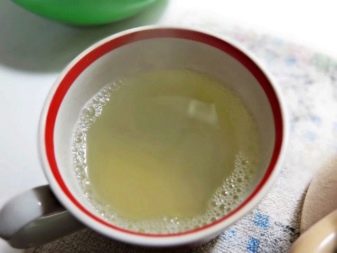
The duration of procedures for rough, cracked skin is 30 minutes, they should be repeated daily until the condition improves.
- For severely keratinized skin, recipes with the addition of essential oil are recommended. For a liter of water, add a tablespoon of baking soda and 5-6 drops of tea tree or rose essential oil. Instead of soda, you can add sea salt (a tablespoon per liter of water), combining it with citrus essential oil (lemon, orange, grapefruit).
- If rough skin has caused the formation of corns and corns, a treatment course should be carried out based on sea salt and ammonia. For 1.5 liters of water, add 2 tablespoons of each of these ingredients and mix the mixture thoroughly. The duration of the session is 15 minutes. After the procedure, the skin will become soft, it will be possible to remove calluses and corns and disinfect the legs.
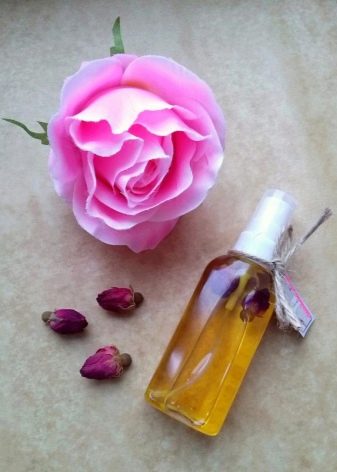

- There is another recipe with ammonia in the composition. For this, the latter is mixed with soda and soap. Each component is taken in 1 teaspoon for 2 liters of water. The duration of the procedure is half an hour, after which you should also remove calluses and corns and wipe your feet with an antiseptic composition.
- Another effective and powerful foot bath that should be done for no more than 5 minutes. For the first time, it is better to reduce the exposure time to 2-3 minutes. To prepare the solution, dissolve 4 tablespoons of peroxide in 1.5 liters of hot water. The latter should be bought from the pharmacy, 3%. After the bath, the skin is softened and processed with a file or pumice stone. You can do it no more than 2 times every 10 days.
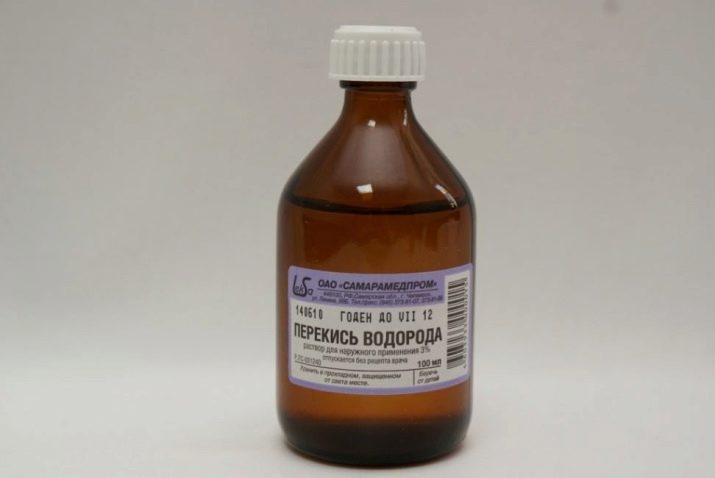
Numbness
As with sweating feet, numbness can be caused by medical conditions (heart problems, diabetes) or external factors (sedentary work, wearing tight shoes). The solution to the problem in the first case is the treatment of the underlying disease or its careful control. If numbness is a short-term circulatory disorder that is not caused by a disease, then the following procedures will help to cope with it and prevent further occurrence.
- Contrast baths allow to improve blood circulation. This will require 2 basins: one with hot (as far as you can endure) water, the second with ice cold. Alternately, you need to immerse your feet in each of them for 1 minute.
The number of alternations for the first time is 5-7, you can gradually increase their number. Finish the procedure by immersing your feet in cold water. Rubbing the legs after the bath allows you to increase the effectiveness of the session.
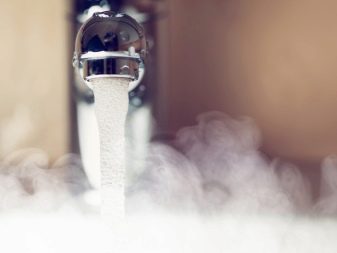
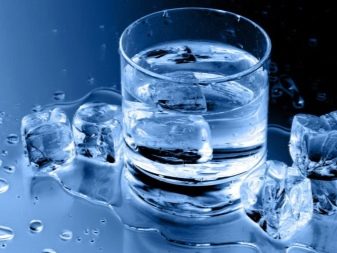
- Efficiency is demonstrated by another recipe - in a liter of water, you should dissolve 1 tablespoon of sea salt, 10 g of camphor alcohol and 50 g of 10 percent ammonia. Stir the composition well and immerse your feet in it for 10 minutes. During the session, you should lightly rub your legs. It is obligatory to carry out the procedure at night.
- You can make a bath of dry mustard and sea salt, taken in 1 tablespoon each, as well as ½ tablespoon of baking soda. The specified amount of ingredients is dissolved in 2 liters of hot water and mixed thoroughly. The duration of the session is 30-35 minutes.
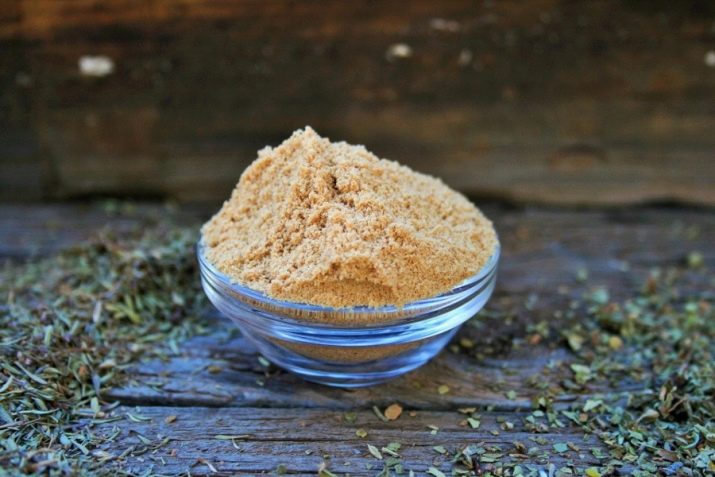
Diseases of the joints
Most joint diseases are caused by salt deposits. Baths are not a treatment, but act as an additional procedure, carried out in conjunction with the main treatment.
- As a rule, such recipes assume the presence of iodine in the composition. For example, a bath based on chamomile flowers and iodine. 100 g of chamomile must be poured with a liter of water, insist and, after straining, drain into a basin. Add 1 teaspoon of iodine there. You can carry out the procedure 3 times a week for a month or in case of pain, swelling.
- You can also make a bath of 4 tablespoons of salt, which is dissolved in 2 liters of water. After that, 20 drops of alcoholic iodine are added to the composition. The procedure should be carried out before going to bed for half an hour. Then it is recommended to lubricate problem areas with camphor oil and put on cotton socks on your feet.
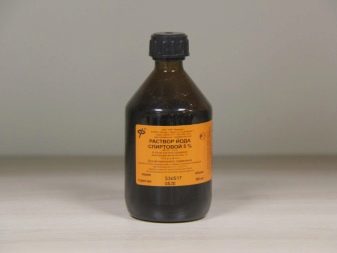

Cold
This bath should be carried out if the patient's body temperature is not higher than 37.5-38 ° C. It has a slight diaphoretic, and therefore antipyretic effect.
You can enhance the effectiveness by inhaling and drinking herbal teas or warm fruit drinks.
- To prepare a bath, take a tablespoon of salt and dissolve it in a liter of warm water. Add here 2-3 drops of essential oil of needles (fir, spruce, pine). The duration of the procedure is half an hour, while it is recommended to add hot water to the basin as it cools in the container. You can do such baths every day during the course of the illness.
- Another easy way to deal with colds, as well as coughs and nasal congestion, is to take a mustard foot bath. For this recipe, only dry mustard powder is suitable, which is taken in the amount of 1 tablespoon per 1 liter of water. The duration of the session is from 10 to 30 minutes, during which water should also be added. An important point - mustard itself warms, so the water temperature for such baths may be lower than for other formulations.
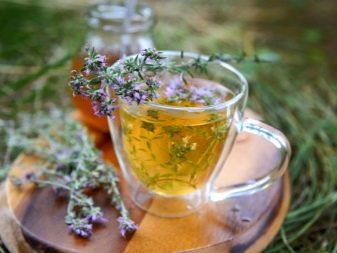
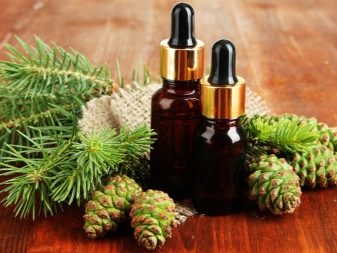
All of these recipes are suitable not only for conventional baths, but also for whirlpools. It is good if in the latter it is possible to create vortex flows of water, which enhance the therapeutic effect of these formulations.
Advice
- The foot bath should only be prepared with fresh ingredients that have not expired. Some of them are rarely used by people, so they don't even think about their expiration date. For example, an open container of soda can be used throughout the year.
- When using salt, it should first be dissolved in hot water, and only then added to warm or cold water. If you add salt directly to a bowl of warm water, it will not be able to completely dissolve, which means that the procedure will bring less benefit than it could.
Herbs act similarly. They should be pre-prepared and infused in a small amount of water, after which the resulting composition is poured into a basin. If you immediately put herbs in a basin and pour even hot enough water, they will give away a scanty amount of nutrients.
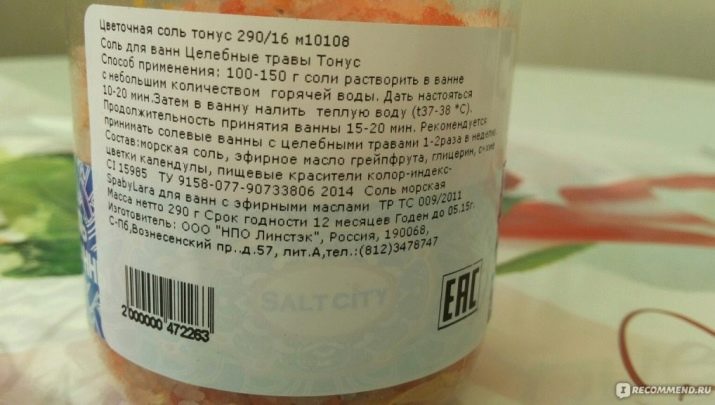
- Essential oils are highly concentrated and have a strong aroma. In this regard, it is recommended to conduct a simple test before adding them to the bath. 1-2 drops of oil should be dripped onto a clean sheet of paper and the aroma should be inhaled after waiting 5-10 seconds. If after 15-20 minutes after that you do not feel the deterioration of the condition, and the smell does not seem annoying or unpleasant to you, you can proceed directly to the procedure.
- The effect of a foot bath with essential oils can be enhanced by applying the latter to the skin. However, due to their high concentration, they must first be mixed with a base oil (olive, peach, grape). 2-3 drops of essential oil are enough for a tablespoon of base oil. The resulting mixture must be mixed with a wooden stick, after which it can be applied to the skin.
- Essential oils can be mixed with each other, as long as you are sure of their compatibility. Chamomile, mint and lavender oils are harmoniously combined, such a mixture relieves fatigue, tones up. The main sound will belong to mint, the scent of which will be accompanied by a subtle scent of lavender. There will be practically no chamomile aroma.
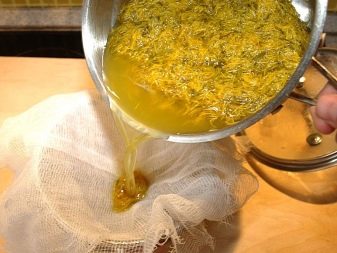
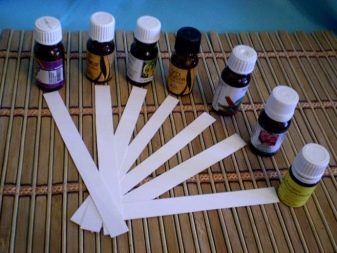
- You can also combine lavender, lemon and rosemary, while the smell will be a little more pungent, invigorating. A harmonious tandem is obtained by combining ylang-ylang and orange oils (moisturizes, nourishes), as well as a trio of lavender, sandalwood and tea tree essential oils (from sweating feet).
- If fresh herbs are used, then they should be pre-crushed and poured with cold water, let it brew, and then put in a water bath. Dry herbs can be poured over with hot liquid immediately.
- Do not use boiling water for brewing. The water temperature should be no more than 95 ° C. If it is supposed to heat the herbal infusion, then this should be done over moderate heat, avoiding the boiling of the liquid.
- It is not recommended to dip your feet directly into hot water (with the exception of contrasting baths). It is better to first pour liquid with a temperature of 38-39 ° C, lower your feet into it and let it get used to the temperature for 5-7 minutes. Then you can add hot water, increasing its temperature to 42-45 ° C. In this case, you need to rely only on your own well-being.
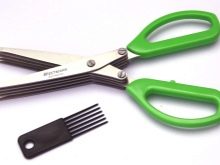
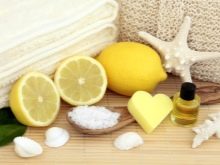
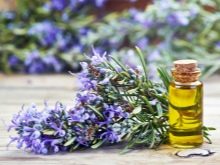
- The optimal duration of relaxing and cosmetic procedures is no more than 20 minutes, therapeutic procedures can last up to half an hour. An increase in the session time does not in any way affect its benefits, moreover, in this case, the load on the cardiovascular system increases.
- Foot baths are an adjunct in the treatment of colds in children. However, this method can only be used if the child is over 5-6 years old. At the same time, it is better to cut the number of ingredients in half and abandon the use of essential oils. They are quite concentrated, it is better to replace them with a similar herbal decoction.
- To enhance the effect of the bath, you can perform a massage. It should be done right in the water, 5 minutes after you have immersed your feet in it. Rubbing and massage should be started with the fingers, gradually moving higher and higher. Under the influence of hot water, the ligaments become more pliable, and the sensations dull, therefore it is not recommended to rub and stretch the tissues too actively.
The article contains many recipes that will allow you to properly care for your feet. More detailed information on why this needs to be done can be obtained in the next video.









It is very pleasant to come in the evening and have a relaxing herbal bath. Immediately you feel how your legs are resting.
I make different baths and those described in the article, my legs feel better, there are no cramps and fatigue.